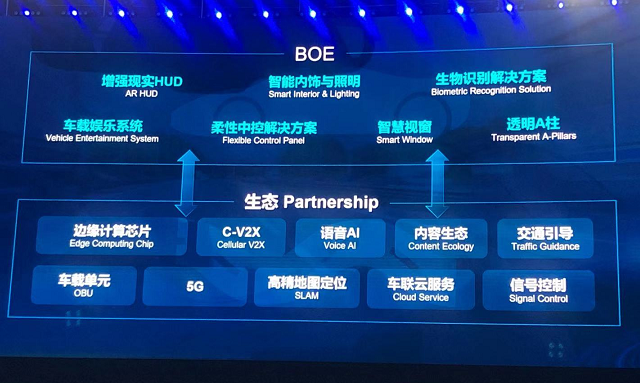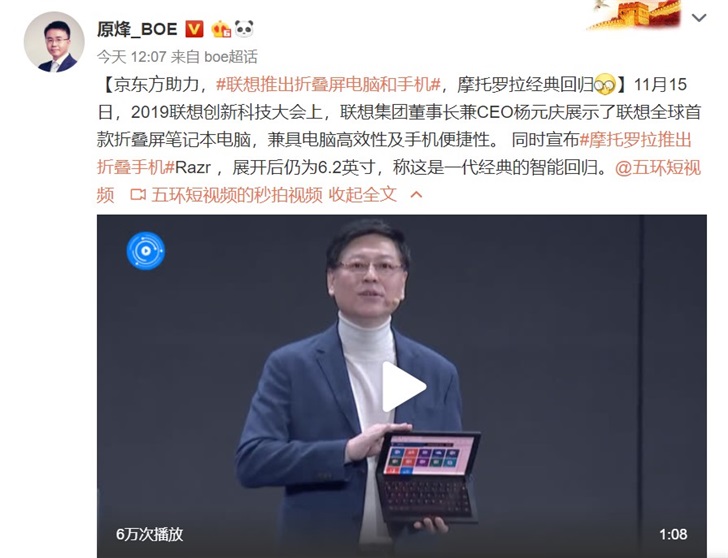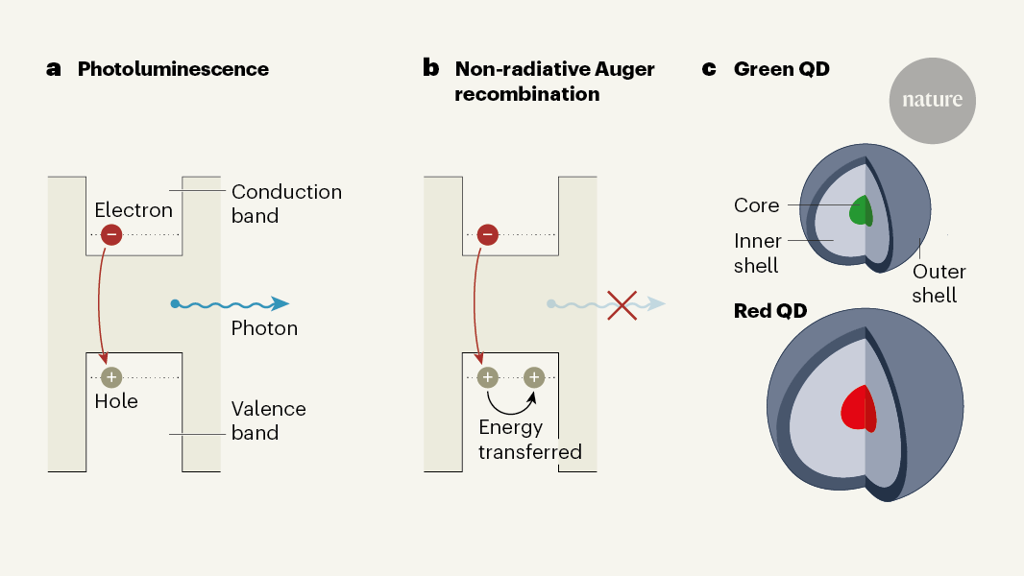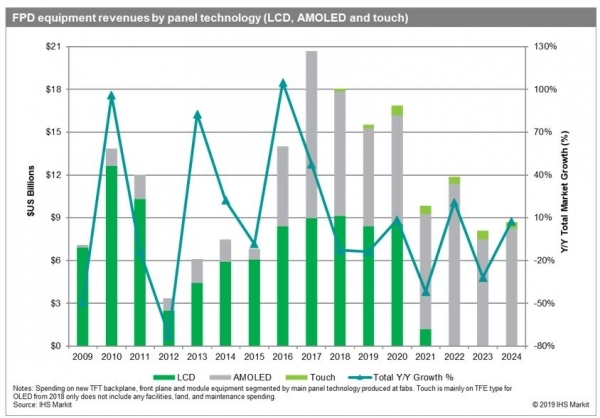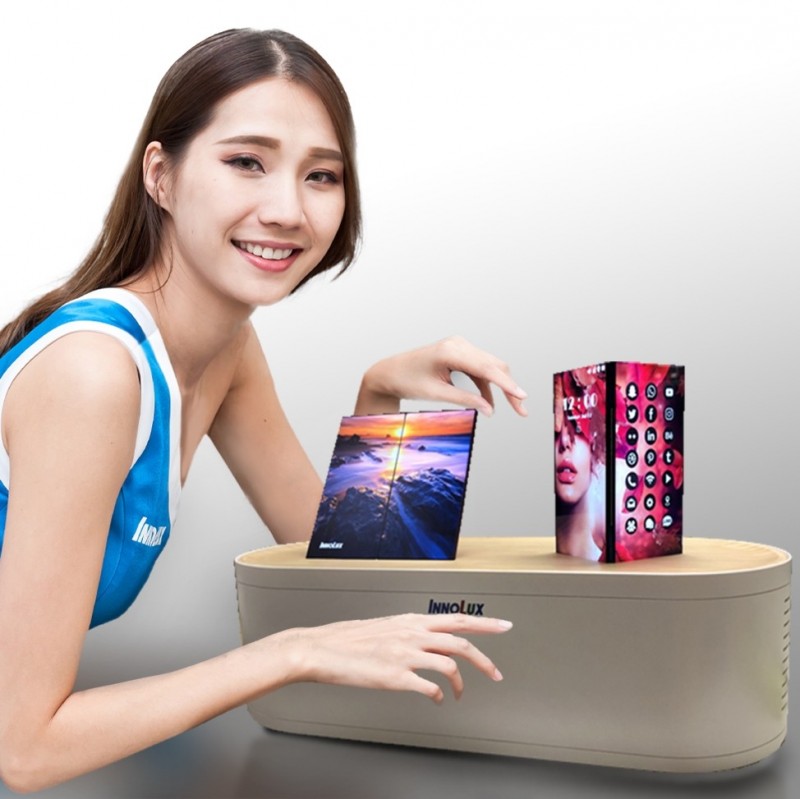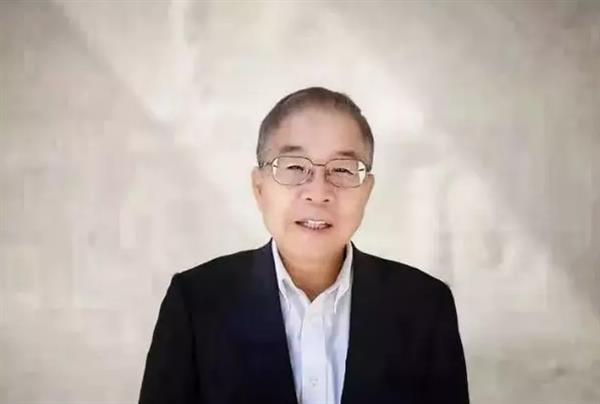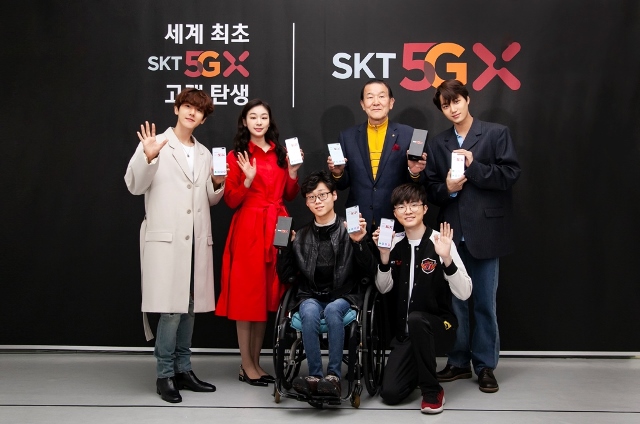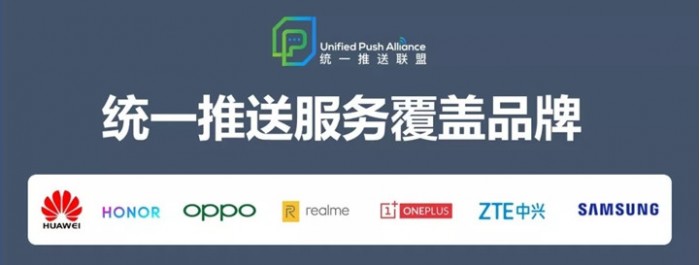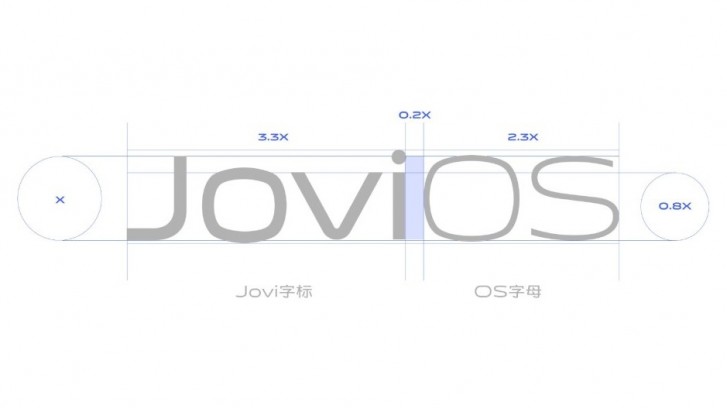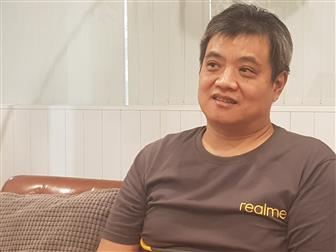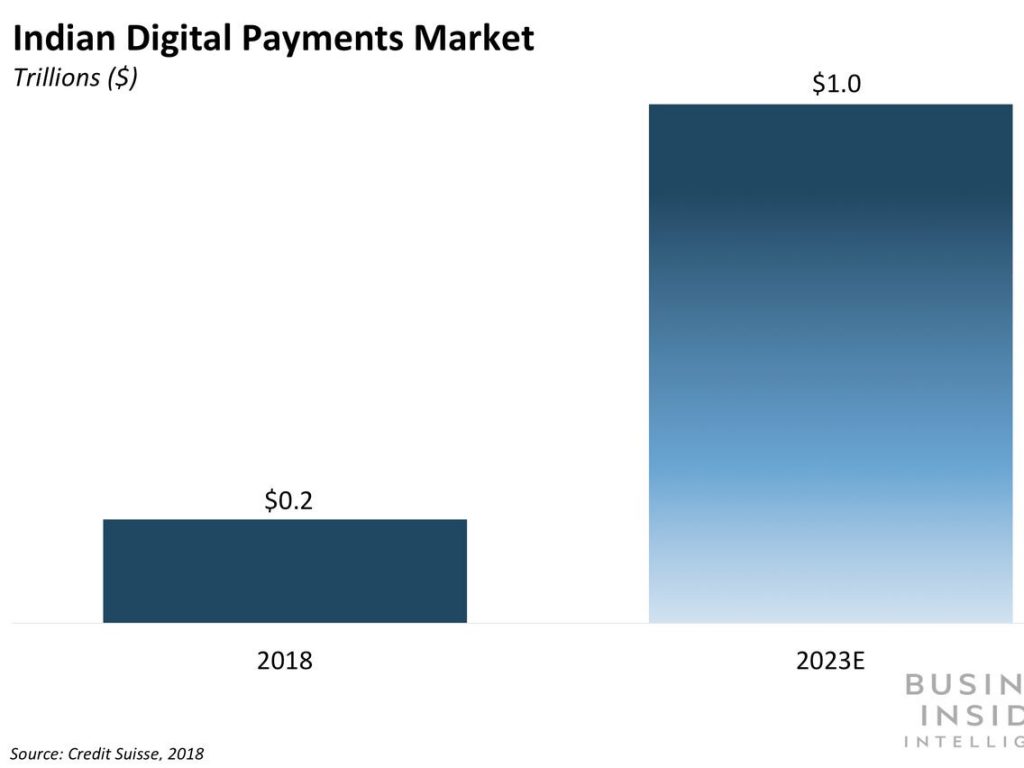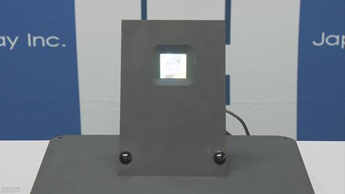
11-29: Xiaomi’s upcoming 5G smartphone reportedly would support 66W fast charging; Realme is likely to be independent of its parent company should its business scale continue to expand; etc.
Chipsets
Japan’s Panasonic will sell its loss-making semiconductor business to Taiwan’s Nuvoton Technology. Panasonic will also divest three Japanese chipmaking facilities of TowerJazz Panasonic Semiconductor, a joint venture with Israel’s Tower Semiconductor. (CN Beta, New York Times, Reuters, Nikkei)
Pure-play foundry UMC has kicked off risk production for 5G RF switches using its 12” wafer fabrication lines, which are also looking to be validated for other 5G chip designs, according to Digitimes. (Digitimes, Digitimes, Yahoo)
Chip-on-film (COF) substrate supplier JMC Electronics has seen orders for large-size display driver IC packaging slow down in 4Q19, for which the company is likely to post a 10%-15% sequential decline in revenues. Fellow company Chipbond Technology has also experienced a slowdown in COF substrate orders for large-size display applications, with the orders likely to remain slow through the end of 1Q20. (Digitimes, press)
Samsung Electronics has allegedly agreed to supply central processing units (CPU) for computers to Intel to help address the US chipmaker’s supply issues. Intel has chosen Samsung to be its third-party foundry to ramp up its 14nm production capacity as part of efforts to deal with its prolonged processor shortage. (My Drivers, The Investor)
The Information Network’s president Robert Castellano has indicated that Applied Materials, which has been losing market share in the wafer front end (WFE) equipment market for the past 3 years, is poised to lose its lead in 2019. Based on a modest recovery of 5% in the overall WFE market in 2020 and on capex spends planned by semiconductor manufacturers, ASML will increase its market share in 2020 to 22.8%, while Applied Materials will maintain its share of 19.3%. (CN Beta, Seeking Alpha, Electronics Weekly, Digitimes)
Touch Display
BOE’s chairman Chen Yanshun has revealed that the company is banking on the flexible organic light-emitting diode (OLED), and shipments of flexible OLED panels will triple to at least 70M pieces in 2020. He has also noted that presently the supply of traditional liquid crystal displays (LCD) has surpassed its demand, so BOE will not increase its investment in the sector in the future. (OLED-Info, CDR Info, Xueqiu)
BOE’s SVP Yuan Feng has revealed that it supplies the foldable OLEDs to the Huawei Mate X and the Motorola Razr. BOE has also revealed that the company is collaborating with Lenovo and it supplied it with the 13.3” foldable OLED it used in the prototype ThinkPad X1 foldable laptop. (OLED-Info, Sina)
Japan Display Inc (JDI) has announced that it has developed a prototype micro LED display, planning t mass produce in 2020. The length and width of the prototype is about 3cm, and the size is 1.6”, using 270,000 ultra-small LED chips to emit light by themselves, can clearly see the content even in the sun, and is suitable for AR technology projection. (Laoyaoba, JDI)
Samsung has developed a new method to extend the lifetime and efficiency of quantum dot light-emitting diodes (QLEDs) that may lead to their commercialization. Their proposed structure prevents oxidation of the core and builds a symmetrical and thick shell around it to prevent energy leaks. The ligand on the shell surface has also been made shorter to allow it to absorb electric current faster. Quantum efficiency improves by 21.4% and the lifetime of the diodes increased to a million hours. (My Drivers, CN Beta, Samsung, ZDNet, Nature)
According to IHS Markit, the final investment into the LCD production will be 2020 when BOE expands its B17 line producing Gen-10.5 panels and CSOT makes investment into its T7 plant for Gen-10.5 displays. Investment into OLED, on the other hand, will surge. Over the next 5 years, up to USD8B is to be poured into the sector. Chinese panel companies are likely to spend extensively on Gen-6 flexible OLEDs, Y-OCTA and TFE technology. Expenses on ink-jet equipment are also to rise. (CN Beta, The Elec, My Drivers)
Innolux has introduced its own ODTG (one data triple gate) circuit technology for the production of all-screen panels for handset applications, with volume production scheduled to kick off in 2Q20. Innolux has released a 5.99” ODTG-based LCD full-screen panel with ultra-narrow bezel at the bottom. (Digitimes, press, LTN)
Memory
Tsinghua Unigroup has announced the appointment of Yukio Sakamoto, the former CEO for Japan’s Elpida Memory, as senior VP of Unigroup and head of the group’s Japan-based unit. He has indicated that the company’s target is to mass produce DRAM within 5 years. (CN Beta, Nikkei, Digitimes)
Battery
Xiaomi’s upcoming 5G smartphone reportedly would support 66W fast charging, marginally faster than OPPO Reno Ace’s 65W charging speeds. (Android Central, Playful Droid, Sina, IT Home)
Connectivity
SK Telecom has selected telecom equipment maker Ericsson to deliver a Cloud Packet Core for its 5G network in South Korea. Ericsson’s Cloud Packet Core helps service providers to migrate to 5G Core stand-alone architecture. (CN Beta, Ericsson, Telecom Lead)
Phone
Xiaomi CEO Lei Jun has revealed that Xiaomi is expected to release more than 10 5G phones in 2020. It is expected that the penetration rate of 5G phones in the China market will reach 40%-50%. He has indicated that CNY1,000s 5G phones will appear in 2021, and everyone is expected to switch to a 5G phone in the next 3-4 years. (Laoyaoba, Tencent)
Xiaomi CEO Lei Jun has explained that the company has a gross profit margin of just 8%~9%, which makes the company’s devices cost-effective. The company’s sales model is based on e-commerce sales. He has further reiterated that the company will be continuing with the same sales strategy going forward in the 5G phase as well. (My Drivers, Gizmo China)
United Push Alliance has officially announced that Samsung has sent a test application, which is in accordance with the alliance standard. It has revealed that the company has completed the development work in accordance with their latest version of the alliance standard “T-UPA0002-2019 unified push interface layer specification”. (Gizmo China, CN Beta)
FunTouchOS has been the default Android UI for vivo smartphones since 2014. This will soon change as the company is launching a new version dubbed JoviOS. (GSM Arena, Playfuldroid, Gizmo China, ZOL, CN Beta)
Realme, a sub-brand of OPPO, is likely to be independent of its parent company should its business scale continue to expand, according to Chung Hsiang-wei, chief commercial officer of Realme Taiwan. While still sharing resources available at the parent company, Realme has formed its own R&D team and is expected to build up its own ecosystem and production lines, Chung said. (GizChina, GSM Arena, Digitimes, 10JQKA)
Virtual / Augmented Reality
Huawei consumer business CEO Richard Yu has indicated that Huawei’s over-ear headsets may be released in 2020, and they are currently working hard to develop the product because they want to make a technology-leading and distinctive product. (My Drivers, CNMO)
Payment
According to Credit Suisse, entry of global players into India’s digital payment space is expected to grow the segment by about five-fold to USD1T by 2023. (My Drivers, GizBot, BGR)
